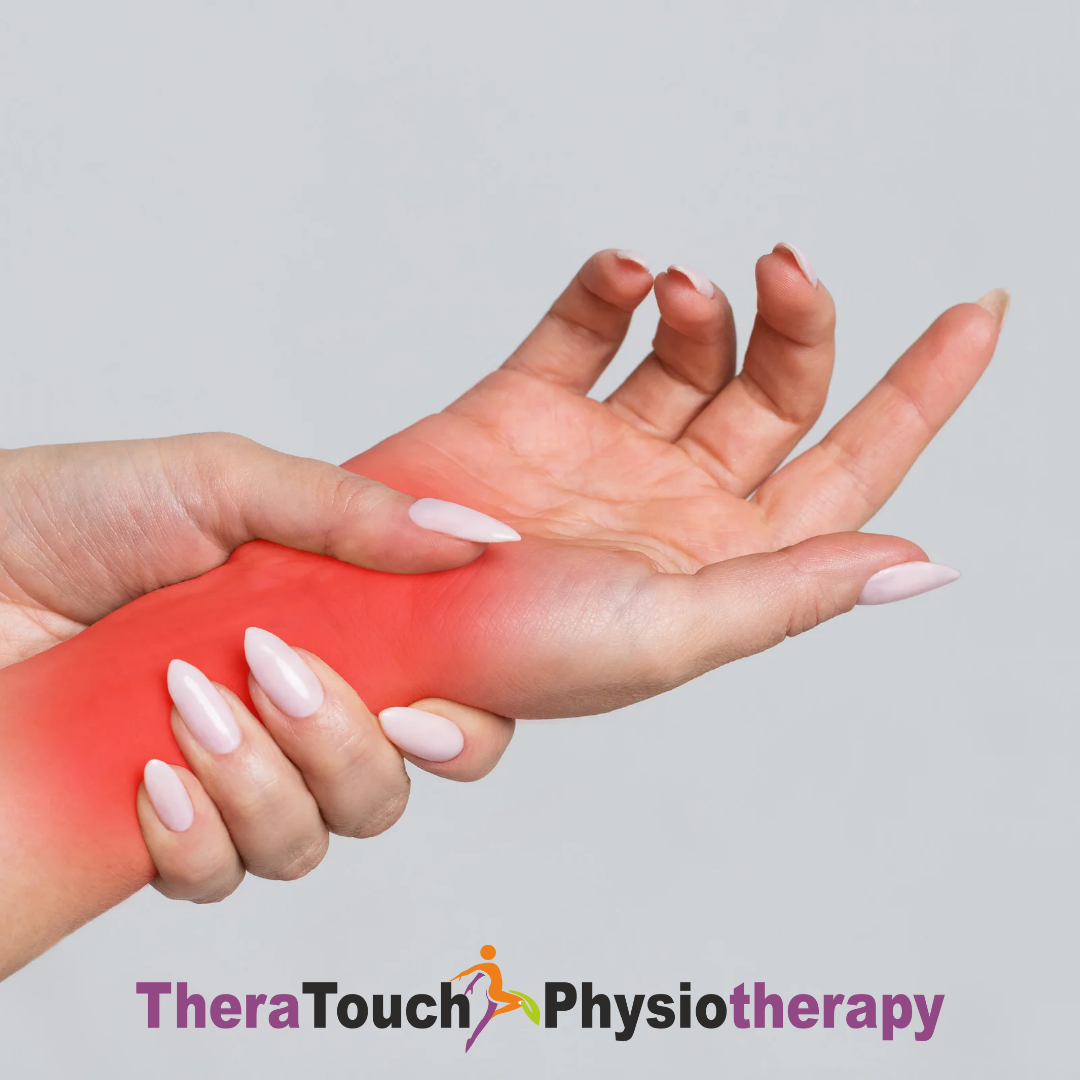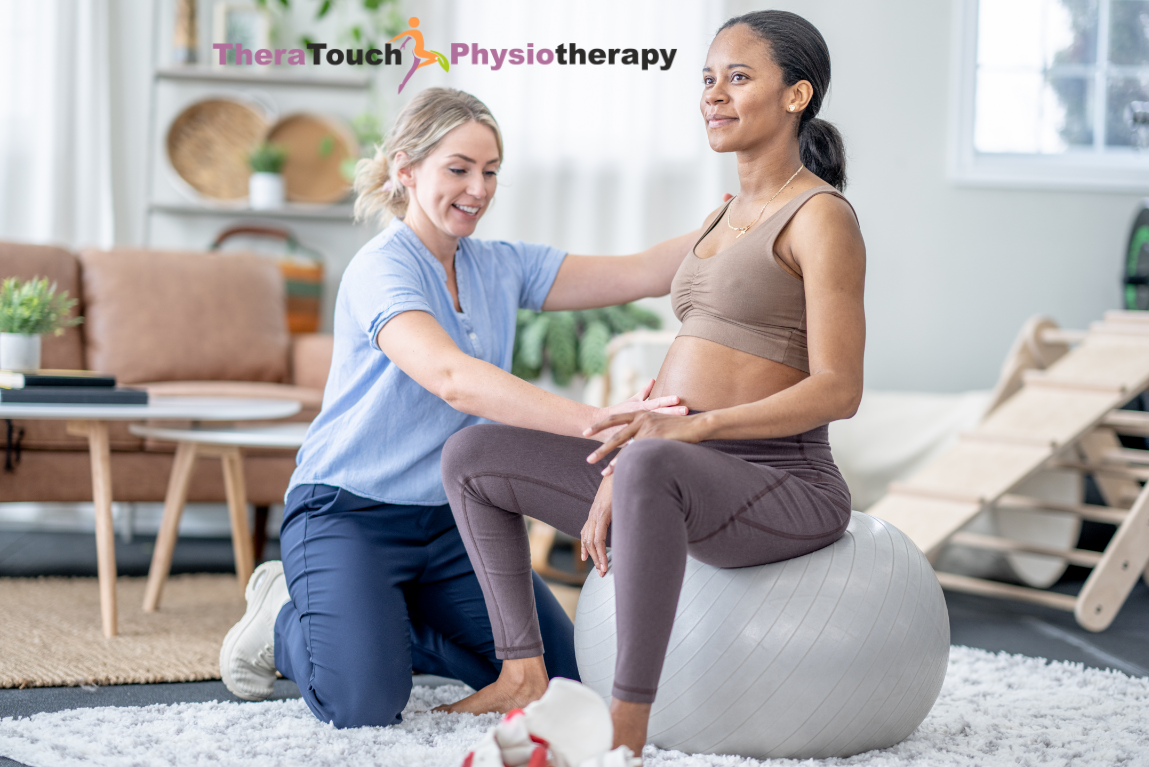What is Mommy Wrist and How can we Treat it?
Hello Moms! Managing the demands of motherhood can sometimes lead to physical challenges like mommy wrist, also known as De Quervain’s tenosynovitis. Let’s explore this condition together and learn how to manage it effectively so you can continue to enjoy your role as a mom to the fullest.
Understanding Mommy Wrist
Have you noticed pain around the base of your thumb? That might be mommy wrist. It happens when the tendons around your thumb become inflamed due to all those repetitive movements we do every day—lifting, carrying, and holding our little ones. Here are some tips I recommend for managing mommy wrist:
1. Take Frequent Breaks
I recommend taking short breaks during activities that strain your wrists. Gently stretching your wrists and fingers can keep them flexible and reduce discomfort.
2. Practice Gentle Exercises
You should perform wrist and thumb stretches to improve flexibility and reduce stiffness. These exercises can really make a difference in how your wrist feels.
3. Maintain Proper Form
Try to keep your wrists straight when lifting your baby or any heavy object. This helps avoid unnecessary strain. Proper form can prevent a lot of pain and make everyday tasks more comfortable.
4. Apply Ice Packs
Whenever you feel inflammation, apply ice packs wrapped in a cloth to the affected area for 15-20 minutes. This simple step can bring a lot of relief.
Recognize Mommy Wrist Symptoms
Let’s talk about some symptoms you might notice:
Pain and Tenderness: You might feel discomfort at the base of your thumb and along your wrist.
Swelling and Inflammation: Noticeable swelling and warmth in the affected area are common.
Difficulty with Gripping: You might have trouble holding objects, especially when using your thumb.
Popping Sensation: A clicking or snapping sound when moving your thumb or wrist is another sign.
Know the Triggers
Understanding what triggers mommy wrist can help you manage it better:
Repetitive Movements: Lifting, carrying, and repetitive tasks can strain your wrist tendons.
Awkward Hand Positions: Holding your baby with your wrist bent or thumb extended increases strain.
Hormonal Changes: Fluctuations during pregnancy and postpartum can weaken your tendons.
Ways to Treat Mommy Wrist Effectively
Here’s how you can treat and manage mommy wrist effectively:
1. Rest and Modification
You should avoid activities that aggravate your wrist and give it time to heal. Sometimes, taking a break is the best remedy.
2. Cold and Heat Therapy
I recommend alternating between ice packs and warm compresses to reduce inflammation and soothe your wrist.
3. Wrist Splinting
Using a wrist splint can immobilize your wrist and promote healing. It might feel restrictive, but it’s worth it.
4. Physical Therapy
Consider strengthening muscles and improving flexibility with targeted exercises. Physiotherapy can play a crucial role in mommy wrist recovery.
Immediate Relief Tips
If you’re experiencing discomfort, try these immediate relief tips:
Rest Your Wrist: Stop the activity causing discomfort and rest your wrist immediately.
Ice Pack: Apply ice packs wrapped in a cloth to the affected area for 15-20 minutes to reduce pain and swelling.
Elevate Your Wrist: Keep your wrist elevated above heart level to reduce swelling.
Gentle Massage: A gentle massage can improve blood circulation and alleviate pain.
Use Supportive Devices: Reduce strain on your wrist with a wrist brace or splint.
Proactive Steps to Prevent Mommy Wrist
Here’s how you can prevent mommy wrist:
1. Proper Lifting Techniques
You should lift with your legs and avoid straining your wrists. Your legs are much stronger and can handle the weight better.
2. Wrist Support: Wearing a supportive brace during repetitive tasks can keep your wrists stable.
3. Regular Breaks: Take regular breaks to rest your wrists and stretch during activities to prevent overuse.
4. Hand and Wrist Exercises: Strengthen muscles to prevent injury and enhance stability.
5. Choose Ergonomic Gear: Minimize wrist strain with ergonomic baby carriers and strollers.
6. Delegate Tasks: Don’t hesitate to share the responsibilities to avoid overburdening your wrists. Asking for help is okay!
7. Self-Care: Prioritize relaxation techniques to reduce your overall stress and avoid inflammation.
When to Consult a Healthcare Provider
It’s crucial to know when to seek professional help. You should consult a healthcare provider if:
Persistent Symptoms: Pain persists despite home remedies.
Limited Mobility: You have difficulty performing daily activities due to wrist pain.
Visible Signs of Inflammation: Swelling, redness, or warmth around your wrist area.
Dear Moms, managing mommy wrist is crucial for your well-being as you take care of your family. By understanding this condition and following these tips, you can continue to embrace motherhood with comfort and confidence. Remember to prioritize self-care and seek help when needed. Physiotherapy can be an essential part of your recovery journey. Here’s to healthier, happier wrists and super moms!










